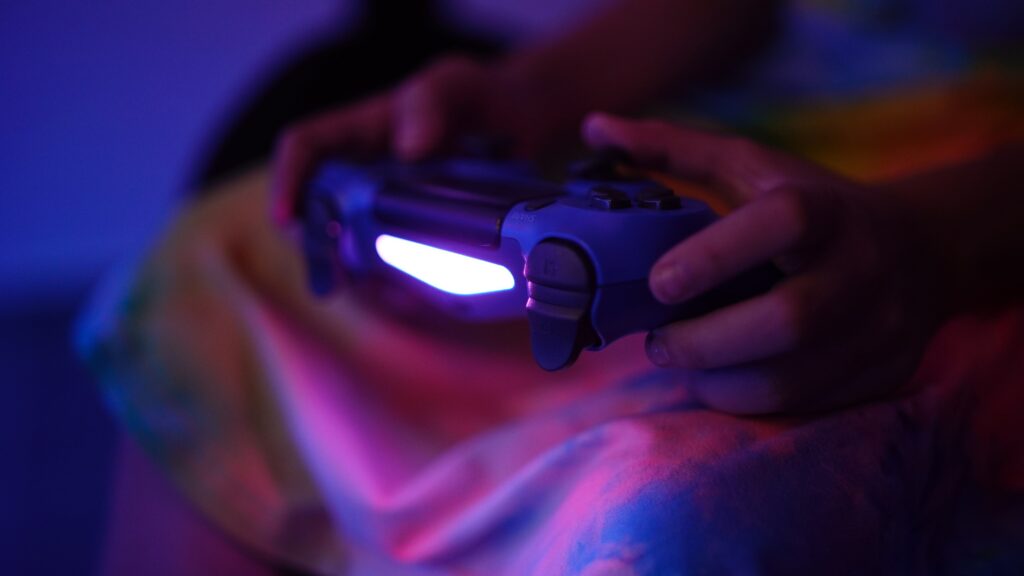If you’re having trouble connecting your Xbox One controller to your PC, you may need to check your PC’s compatibility. There are a few things that could be causing the problem, such as outdated drivers or a problem with the controller itself.
In this article, we’ll go over a few things you can try to get your controller working again.
What You Need to Know About Controllers
Controllers come in all shapes and sizes, but there are a few things you should look for when choosing one for your PC. Here are some things to keep in mind:
-Compatibility: First and foremost, you need to make sure that the controller you want is compatible with your PC. Different controllers use different connectivity standards, so you’ll need to make sure that the controller you want uses the same standard as your PC. For example, if your PC has a USB port, then you’ll need to get a controller that uses a USB connection.
-Controls: Another important consideration is the layout of the controls. Some controllers have more buttons than others, and some have directional pads while others have analog sticks. It’s important to choose a controller that has the right mix of controls for the games you want to play.

-Design: Finally, you’ll also want to consider the overall design of the controller. Some controllers are designed for people with large hands, while others are designed for people with smaller hands. There are also some ergonomic considerations to keep in mind.
How to Check if Your Controller Is Compatible With Your PC
Most PC controllers will work with just about any PC, but there are a few exceptions. If you’re experiencing issues connecting your controller to your PC, the first thing you should check is whether or not your controller is compatible with your PC. In this article, we’ll show you how to check if your controller is compatible with your PC.
Step One: Check the Device Manager
The Device Manager is a built-in Windows tool that allows you to see all of the devices that are currently connected to your computer. You can use the Device Manager to see if your controller is working properly — and to troubleshoot any problems.
To open the Device Manager, press the Windows key + R on your keyboard, type “devmgmt.msc” into the Run dialog box, and then press Enter.
In the Device Manager, look for “Xbox Peripherals” or “Xbox Controllers.” If you see these options, your controller is compatible with your PC.
Step Two: Check for Unknown Devices
If you see a device listed as “Unknown device,” that means the controller isn’t compatible with your PC. If you don’t see any devices listed, your controller may be incompatible, or your controller may be malfunctioning.
Step Three: Check for Driver Updates
If the controller still doesn’t connect, it’s likely because your PC isn’t correctly recognizing the device. The first step is to check that you have the latest drivers installed for your controller. You can do this one of two ways.
The first is to see if Windows Update has any driver updates for your controller. To check, open the Start menu and type in “Updates.” Select “Check for updates” from the list of results.
If there are any available updates, they will download automatically and install when you restart your computer.
The second way to update your drivers is to go to the website of your controller’s manufacturer and download the latest drivers from there.
Conclusion
For Windows 10, an Xbox One controller offers the best gaming experience. The latest version of Microsoft’s operating system, Windows 10, can also be used with an Xbox One controller. However, some games may not support this controller. Games that do not support the Xbox One controller will use the keyboard and mouse controls.
